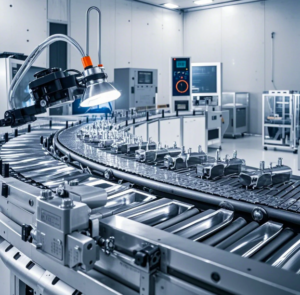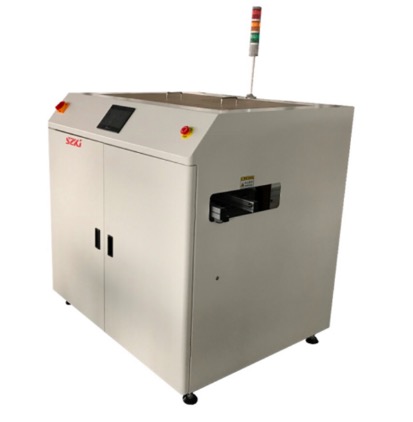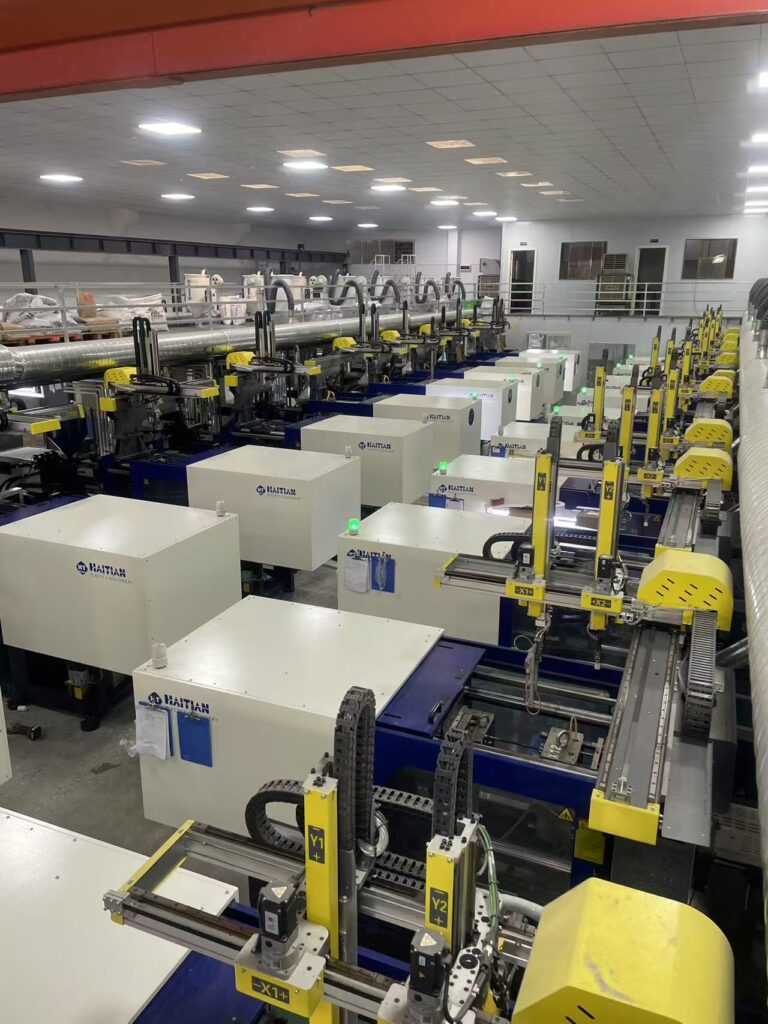A motorized conveyor belt is an essential piece of equipment used in various industries to transport materials efficiently from one point to another. Conveyor belts significantly improve automation and streamline operations across manufacturing, packaging, and logistics. This article will discuss what a motorized conveyor belt is, its key components, how it works, its advantages, and its common applications.


What is a Motorized Conveyor Belt?
A motorized conveyor belt is a type of conveyor system where the belt is powered by an electric motor. This system moves materials along a continuous loop, transporting them from one location to another. Unlike traditional manual conveyor belts, which require physical labor to move materials, motorized conveyor belts offer automatic, reliable, and efficient material handling solutions. The belt can be made from various materials, such as rubber, PVC, or fabric, depending on the specific needs of the application.How Does a Motorized Conveyor Belt Work?
The basic principle of a motorized conveyor belt is simple. The system consists of a motor that drives the movement of the belt. The motor turns the drive pulley, which in turn rotates the belt, moving items along the conveyor path. The belt travels over a set of pulleys and rollers, which help to maintain its position and support the weight of the transported materials. The speed and direction of the motorized conveyor belt can be adjusted to suit specific needs. The motor can be powered by AC or DC electricity, and in some cases, the speed may be variable to accommodate different processing speeds or material types. The continuous motion of the belt ensures that materials are moved efficiently and without interruption.Key Components of a Motorized Conveyor Belt
A typical motorized conveyor belt system consists of several critical components:- Belt: The surface that carries the materials. It can be made from different materials like rubber, fabric, or metal, depending on the type of items being transported.
- Motor: The motor powers the conveyor, turning the drive pulley to move the belt.
- Drive Pulley: This is the main pulley that is powered by the motor. It rotates the belt, making it move.
- Idlers: These rollers support the belt along its length, reducing friction and ensuring smooth movement.
- Return Pulley: Positioned at the end of the conveyor system, it guides the belt back to the starting point.
- Frame: The structural element that supports all the other components of the conveyor system.
- Control System: This regulates the operation of the motor and adjusts the speed and direction of the belt, ensuring optimal performance.
Advantages of a Motorized Conveyor Belt
- Increased Efficiency: One of the primary advantages of a motorized conveyor belt is its ability to handle large volumes of material quickly and continuously. This reduces the need for manual labor and speeds up production and processing times.
- Reduced Labor Costs: By automating material transport, businesses can significantly cut down on labor costs, improve productivity, and free up employees for other tasks.
- Improved Safety: A motorized conveyor belt eliminates the need for manual handling of heavy or hazardous materials, reducing the risk of injuries or accidents in the workplace.
- Customization: The speed and direction of a motorized conveyor belt can be easily adjusted to suit the specific needs of the application, providing flexibility in different operations.
- Durability: Designed to operate continuously, motorized conveyor belts are built to last and require minimal maintenance, making them a cost-effective long-term solution.
Applications of Motorized Conveyor Belts
Motorized conveyor belts are used in a wide range of industries, including:- Manufacturing: In assembly lines, motorized conveyor belts help transport parts and finished products between different workstations, improving production efficiency.
- Logistics and Warehousing: These systems are commonly used in warehouses and distribution centers to move goods and packages efficiently. They help streamline sorting, packaging, and shipping processes.
- Food Processing: Motorized conveyor belts are used to move raw materials, semi-finished products, and packaged foods in food processing plants, ensuring consistent and hygienic handling.
- Mining and Bulk Material Handling: In mining and other heavy industries, motorized conveyor belts transport bulk materials such as coal, ores, and gravel across long distances, often through rugged terrain.
- Recycling: Motorized conveyors are also employed in recycling facilities to transport recyclable materials, such as plastic, metal, and paper, for sorting and processing.




